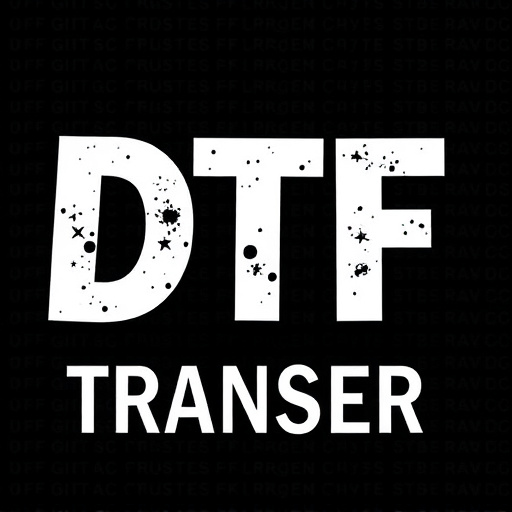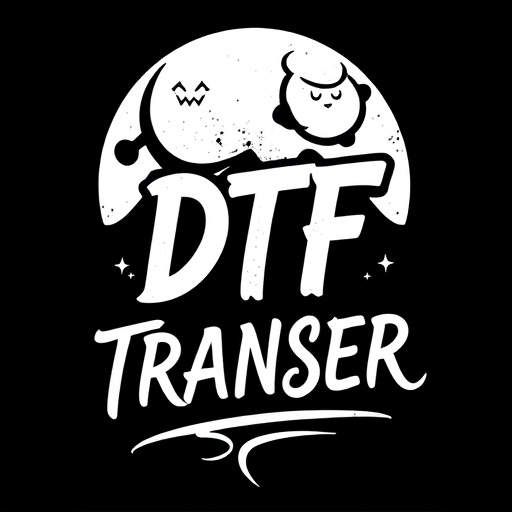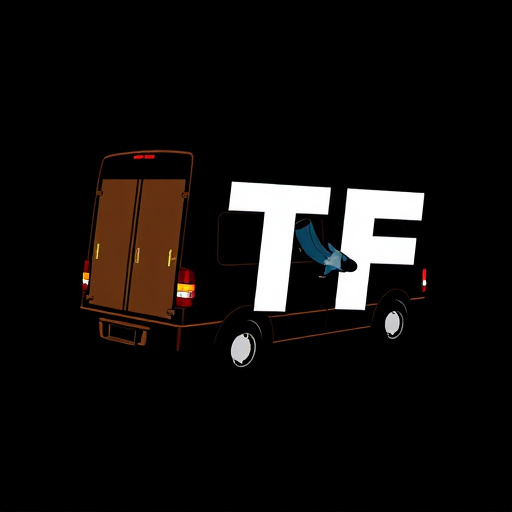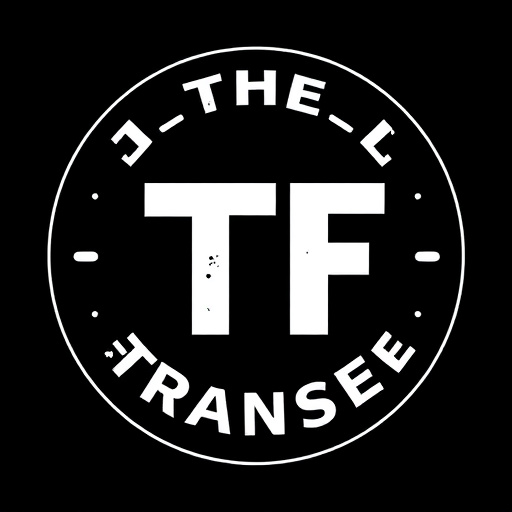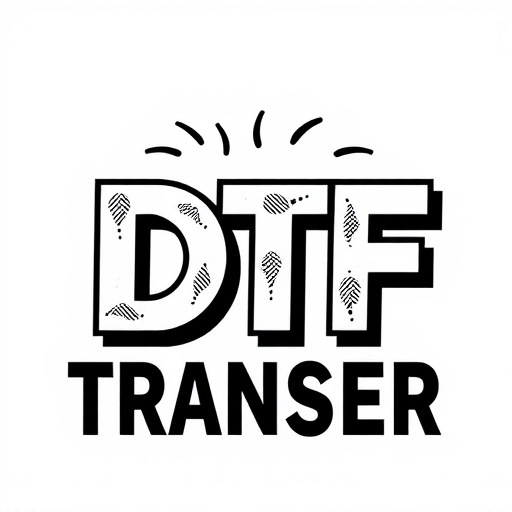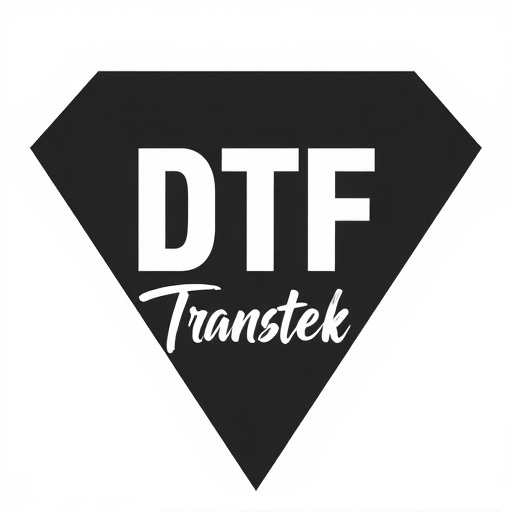Direct-to-film (DTF) technology revolutionizes printing with precise, high-quality artwork directly applied to film surfaces. Ideal for posters, banners and promotional materials, DTF prints boast durability and vibrant colors, enhancing advertising, entertainment, and event branding. Creating custom DTF artwork involves collaboration between artists and printers, utilizing specialized software and suitable materials like fine art papers or vinyl films. DTF transfers enable intricate designs on costumes, props, and backdrops, offering unparalleled versatility and artistic freedom in filmmaking.
“Unleash creativity with Personalized Artwork for Direct-to-Film (DTF) applications. This article explores the cutting-edge technology behind DTF transfers, revealing how it’s transforming the film industry. We delve into the benefits of custom DTF prints, from enhanced visual impact to streamlined production processes. Learn about the art and science of creating tailored artwork, selecting optimal materials, and discover diverse use cases. Optimize and maintain your DTF prints with expert tips, revolutionizing your film projects.”
- Understanding Direct-to-Film (DTF) Technology: A Brief Overview
- Benefits of Personalized DTF Transfer for Film Applications
- The Process: Creating Custom Artwork for DTF Printing
- Choosing the Right Materials for DTF Prints
- Applications and Use Cases of DTF Transfers in the Film Industry
- Tips for Optimizing and Maintaining Your DTF Prints
Understanding Direct-to-Film (DTF) Technology: A Brief Overview

Direct-to-film (DTF) technology is a cutting-edge process that enables the creation of personalized artwork designed specifically for direct application onto film surfaces. Unlike traditional printing methods, DTF transfers are applied directly to the medium, offering unparalleled precision and quality. This innovative technique has revolutionized various industries, from advertising and entertainment to event branding, by allowing for unique, customized designs.
DTF printing involves using specialized equipment to apply heat-activated inks or dyes onto a film substrate. The process ensures that each print is an exact replica of the digital design, making it ideal for creating eye-catching visuals on items like posters, banners, and promotional materials. DTF transfers offer exceptional durability and vibrant colors, ensuring that artwork remains vivid and long-lasting even when exposed to outdoor conditions or frequent handling.
Benefits of Personalized DTF Transfer for Film Applications

Personalized artwork designed for direct-to-film (DTF) application offers numerous advantages in the film industry. One of the key benefits is the ability to create unique, one-of-a-kind visuals that can enhance the overall cinematic experience. DTF transfer allows artists and filmmakers to seamlessly integrate intricate designs, logos, or custom graphics directly onto film surfaces, adding depth and detail to scenes.
This technique streamlines the production process by eliminating the need for costly and time-consuming physical printing methods. With DTF Printing, filmmakers can achieve high-quality, precise results, ensuring consistency in visual elements across different frames. Moreover, it enables easy customization, allowing creators to adapt artwork swiftly to meet specific film requirements, making it a versatile and efficient solution for modern filmmaking practices.
The Process: Creating Custom Artwork for DTF Printing
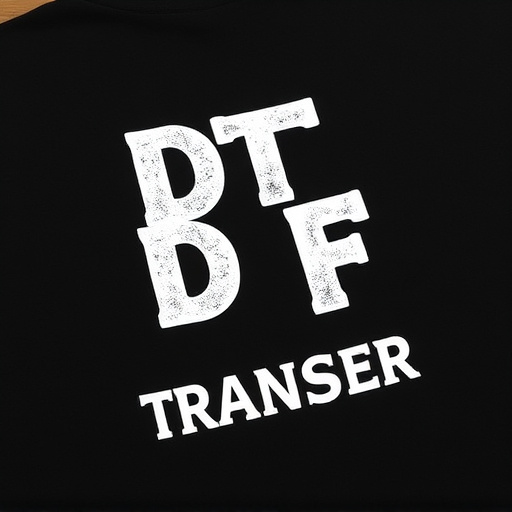
Creating custom artwork for DTF (Direct-to-Film) printing involves a meticulous and collaborative process between artists and printers. It begins with understanding the client’s vision, which can range from intricate designs to simple illustrations. Artists work closely with clients to interpret their ideas, ensuring the final art aligns perfectly with the desired outcome. This often includes multiple rounds of revisions, allowing for precise customization.
Once the concept is finalized, the artwork is prepared for printing. DTF transfer specialists use specialized software to optimize the design for the specific film material and application. The digital file is then carefully printed onto a transparent film, ensuring vibrant colors and crisp details. This custom-made film serves as a template for applying the artwork onto various surfaces, creating unique DTF prints that enhance a wide array of products and materials.
Choosing the Right Materials for DTF Prints

When creating artwork for direct-to-film (DTF) application, selecting the appropriate materials is paramount to achieve vibrant and long-lasting results. The key lies in choosing media that are compatible with DTF transfer processes, ensuring the final print is of high quality and durability. For outstanding DTF prints, artists should opt for fine art papers or specialized vinyl films designed specifically for this technique. These materials offer a smooth surface, excellent color reproduction, and dimensional stability, crucial factors for achieving crisp details and vibrant colors in the final artwork.
Additionally, understanding the characteristics of different substrates is essential. For instance, heavyweight papers provide better control during application, while flexible vinyl films allow for more dynamic designs, especially for curved or intricate surfaces. Considering factors like adhesive strength, print resolution, and weather resistance will further refine the choice, ensuring the DTF transfer process yields exceptional visual outcomes.
Applications and Use Cases of DTF Transfers in the Film Industry
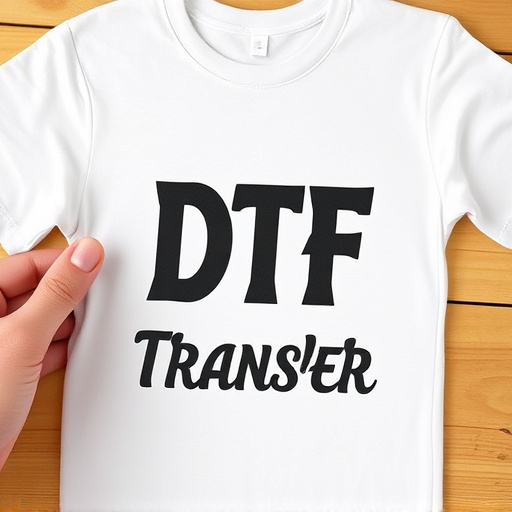
Direct-to-film (DTF) transfers and prints have revolutionized the way visual elements are integrated into films. These innovative applications allow for precise and vibrant artwork to be directly applied onto film surfaces, enhancing the overall cinematic experience. DTF technology is particularly useful in creating intricate designs for costumes, props, and backdrops, ensuring a seamless blend of artistic expression and technical precision.
In the film industry, DTF transfers find diverse use cases. For historical or period films, DTF prints can reproduce vintage textures and patterns, adding authenticity to the production. Moreover, special effects teams leverage DTF for creating intricate 3D elements and visual effects, enabling filmmakers to bring fantastical worlds and creatures to life with remarkable realism. From elaborate set designs to character costumes, DTF technology offers unparalleled versatility and artistic freedom in film production.
Tips for Optimizing and Maintaining Your DTF Prints

When creating artwork for direct-to-film (DTF) application, ensuring optimal print quality is paramount. Firstly, use high-resolution images with sharp details to avoid pixelation or blur when enlarged. Vector graphics are particularly suitable for DTF as they scale effortlessly while retaining clarity. Secondly, color profiles and modes matter; ensure your design software and printer support the correct color space (e.g., CMYK) and mode (e.g., 8-bit) for accurate color reproduction.
For long-lasting DTF prints, proper preparation and finishing techniques are essential. Consider using a suitable ink or paint designed for direct application to film; these materials offer superior adhesion and durability. After printing, allow the ink to dry completely before handling or applying heat to prevent smudging or damage. Regular cleaning of your print surface and tools is also vital to maintain consistent print quality over time.


